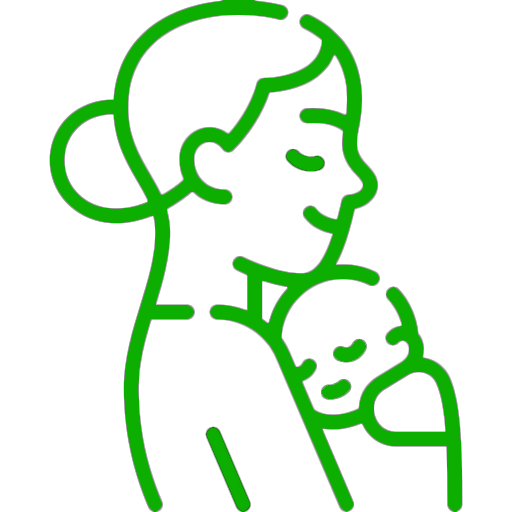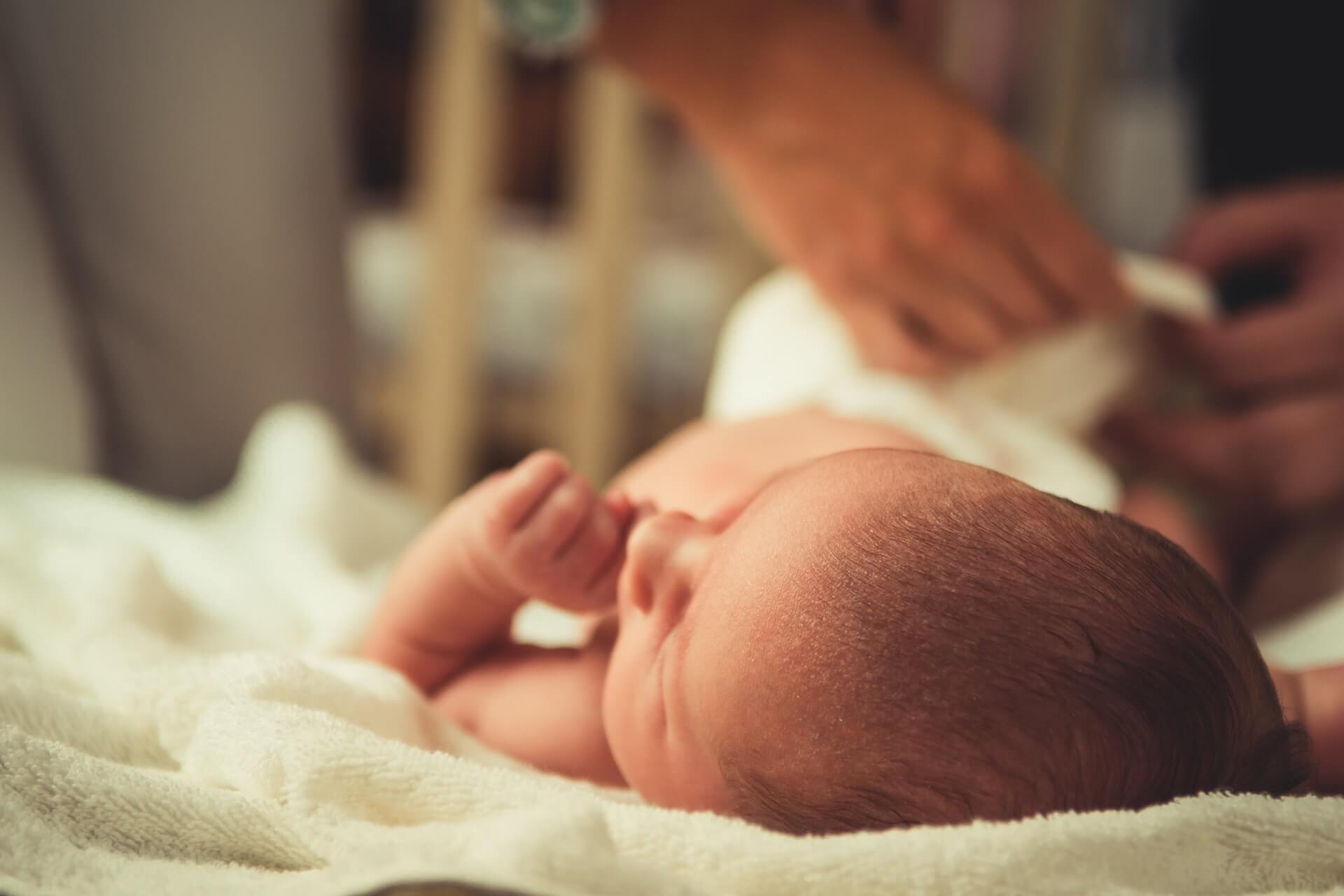History of Cheese Products You Need to Know

It is believed that the history of cheese (www.historyofcheese.com) began when our ancestors domesticated the first milk-producing animals (goats, sheep, and cows) more than ten thousand years ago when they began the natural process of coagulation of the milk protein casein.
Cheese’s origins date back before the rise of ancient civilizations such as Rome, Greece, and even Egypt, so it’s not surprising that it has evolved into so many different types that we can find all around us. It is now one of the most popular and well-liked foods all over the world.
Unusual Uses of Recent Questions We Have
So it’s not surprising that many pregnant and breastfeeding women ask us about eating cheese all the time!! Here are some of the most recent inquiries: “Can I eat cream cheese on toast?” “Can I eat cream cheese frosting?” “Can I eat goat cheese while breastfeeding?” “Can I eat feta cheese while pregnant?” “Can I eat queso cheese on a burrito or nachos while pregnant?” and “Can nursing mothers eat cheese fondue?”
The Essential Guide to Researching Cheese
When you begin researching cheese, you may find yourself falling down a rabbit hole of different types of cheese: hard versus soft, pasteurized or not, Mexican versus Italian? The possibilities are limitless. There are over 1800 different types of cheese, which are classified into seven categories (www.Funtrivia.com):
- Fresh Cheeses: Banon, Ricotta, Feta, Cottage cheese, Cream cheese, etc.
2. Natural Rind: Sancerre, Chabichou, Crottin de Chavignol, etc.
3. Soft White Cheese: Camembert, Brie, Chevre Log, etc.
4. Semi-Soft: Edam, Pont L’Eveque, St Nectaire, Tomme de Savoie, Langres, Carre de L’Est, Epoisses, etc.
5. Hard Cheeses: Cheddar, Parmigiano Reggiano, Gruyere, Manchego, etc.
6. Blue Cheeses: Stilton, Roquefort, Gorgonzola, Maytag Blue, Cashel Blue, etc.
7. Flavored Cheeses: Cornish Yarg, Gouda with Cumin, Stilton with Apricots, Devon Garland, etc.
what is the bottom line for you?
So, what are your options if you are pregnant and breastfeeding? First, determine whether or not the cheese has been pasteurized. Most types of packaged cheese or cheese products sold in America have been pasteurized or heat-treated, according to the label. Pasteurization is a process that uses mild heat, usually up to 212 °F, to kill pathogens and extend shelf life in packaged and unpackaged foods (such as cheese and milk). If the cheese has been pasteurized, any increased risk for bacteria or other pathogens is very low, and the product is not thought to pose any risks if consumed during pregnancy or breastfeeding.
Keep an eye on the freshness or sell-by date, and keep the product properly refrigerated. Bacteria such as Listeria are more likely to grow in unpasteurized cheese. For more information, see Listeria Infection (Listeriosis) – MotherToBaby. There is also a little risk if the cheese has not been pasteurized but has been cooked or heated before eating. Furthermore, dried cheese, such as parmesan cheese, has a longer shelf life and no known increased risk of bacteria.
The Fascinating Science of Enjoy Eating Cheese Without Worry During Pregnancy
The difference between hard and soft cheese is one of the most frequently asked questions about cheese when pregnant or breastfeeding. Hard cheese has been ripened for a longer period of time and is drier, with lower water content. Soft cheese is younger or fresher and has a higher moisture content. The higher moisture content of soft cheese may promote bacterial growth. That is why it is important to ensure that soft cheeses are either heated before eating or pasteurized at the time of manufacture (again, pasteurization is a process to kill bacteria).
Most soft cheeses in the U.S. have undergone this process by FDA pasteurization law — so look at the label to be sure, and be informed of any increased risks if unpasteurized!
why Legitimately Awesome Pasteurization Products
Cheese is rich in protein and minerals such as calcium and phosphorus. During pregnancy and while breastfeeding, cheese can be part of your good diet. Some cheese types, such as hard cheese, are higher in fat. So, do watch the fat content if cheese is part of your daily diet! Just follow a few simple rules about checking for pasteurization and being sure the cheese product is heated or has been cooked prior to eating if it was not pasteurized. And then, enjoy eating cheese without worry during pregnancy and breastfeeding!
Most soft cheeses in the United States have gone through this process due to FDA pasteurization law — so check the label to be sure, and be aware of any increased risks if unpasteurized!
Cheese is high in protein as well as minerals like calcium and phosphorus. Cheese can be part of a healthy pregnancy and breastfeeding diet. Some cheeses, such as hard cheese, have a higher fat content. So, if you eat cheese on a regular basis, keep an eye on the fat content! Simply follow a few simple rules when checking for pasteurization and ensuring that the cheese product has been heated or cooked before eating if it was not pasteurized. Then, worry-free cheese-eating during pregnancy and breastfeeding!
View more posts tagged, pregnancy
This page is based on professional advice from reputable medical and government organizations, such as the American Academy of Pediatrics and the American College of Obstetricians and Gynecologists. This page’s material should not be used in place of professional medical advice. For a complete diagnosis and treatment, always seek the advice of a medical expert.














Leave a Reply
View Comments